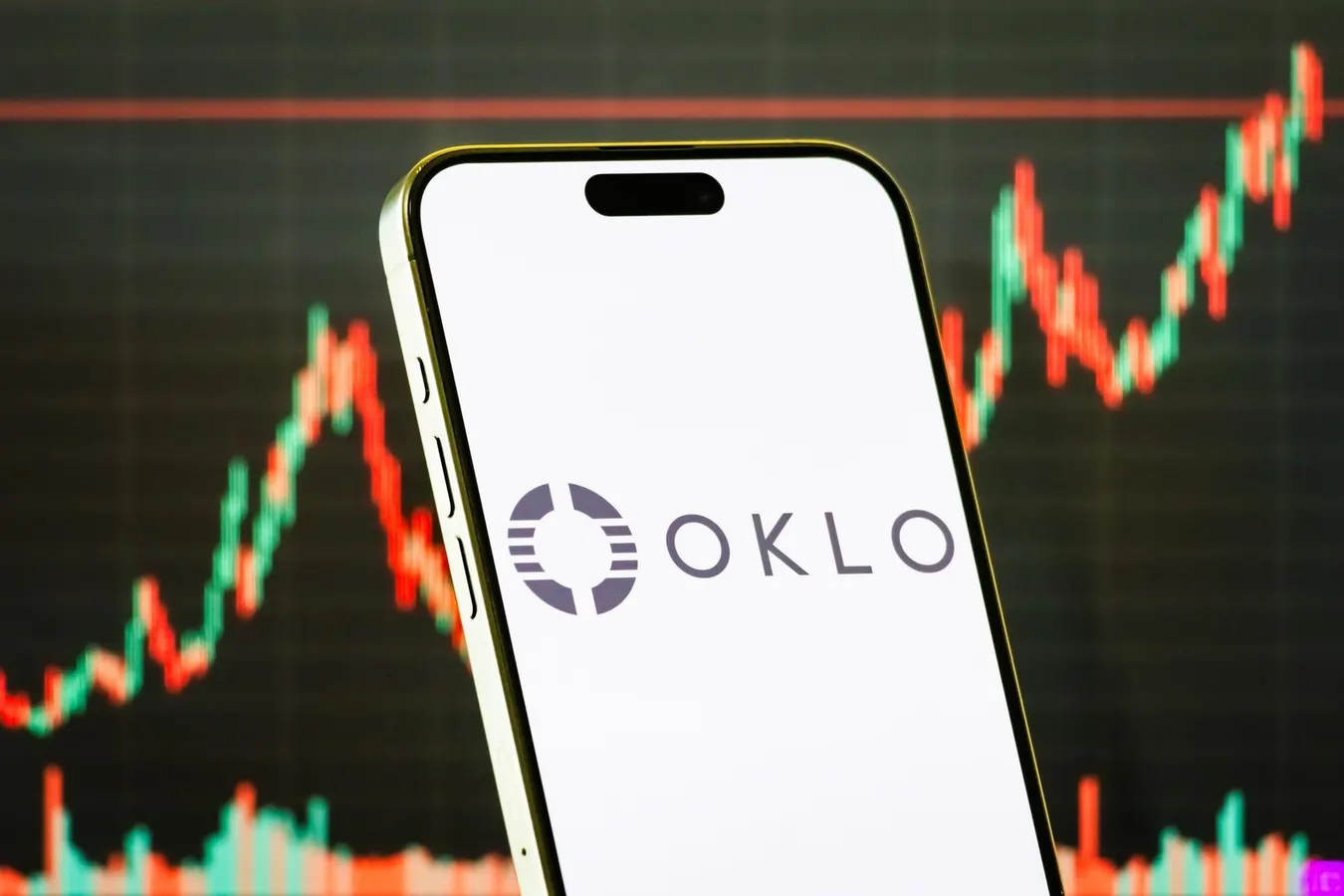Copyright forbes

Photo illustration by Cheng Xin/Getty Images Getty Images Oklo Inc. (NYSE: OKLO) currently holds a valuation on paper greater than that of certain well-established energy firms — despite the fact that it has not yet generated any revenue. In a matter of months, this Silicon Valley-style nuclear startup has surged into the forefront of the market, earning comparisons to Tesla during its nascent years and eliciting skepticism similar to that seen during the 2021 SPAC boom. What exactly is fueling this surge — and is there still an opportunity to believe in the narrative, or has Oklo’s valuation reached a critical point? However, if you are looking for potential gains with less volatility than investing in a single stock, consider the High Quality Portfolio. It has significantly outperformed its benchmark, which combines the S&P 500, Russell, and S&P MidCap indexes, achieving returns that exceed 105% since its launch. Collectively, HQ Portfolio stocks delivered better returns with less risk compared to the benchmark index; offering a smoother experience, as reflected in HQ Portfolio performance metrics. Additionally, see Can PayPal Stock Fall To $50? A Radical Vision for Nuclear Power Established with the intention of transforming the construction and utilization of nuclear energy, Oklo strives to make microreactors commercially viable — small, factory-assembled nuclear energy units that can be deployed in various settings, from data centers to military installations. The company’s flagship model, the Aurora Powerhouse, is designed to provide clean, reliable energy in a compact form. The timing is ideal. As AI data centers are consuming unprecedented levels of electricity and governments are racing to secure low-carbon baseload energy, the notion of compact reactors has captured the interest of investors. Billionaires, venture capitalists, and even OpenAI’s Sam Altman — an early supporter of Oklo — have promoted the idea that the next energy transformation could be powered by nuclear energy. The Catch: Promise Without Proof However, this is where investors must exercise caution. Despite its market capitalization approaching $20 billion, Oklo has yet to generate even one watt of commercial electricity. Its reactors remain under the scrutiny of the U.S. Nuclear Regulatory Commission — a process that can take several years. MORE FOR YOU Oklo’s financial disclosures indicate an accumulated deficit exceeding $160 million, and ongoing losses are anticipated to persist as the company navigates testing, licensing, and construction. The company has set its sights on a timeline for the first commercial deployment around 2027–2028, implying that actual revenue — along with the opportunity to validate its business model — is still years away. In essence, investors are currently purchasing a vision, not an operational business. A Valuation That Defies Gravity Even amid the enthusiasm for clean energy, Oklo’s valuation is astonishing. Established nuclear companies and advanced-reactor competitors like NuScale (SMR) trade at only a fraction of Oklo’s enterprise value. If we presume Oklo eventually generates $2–3 billion in annual revenue by the end of the decade — a bold but feasible scenario — the present valuation still suggests 8–10× forward sales. For a pre-revenue, capital-intensive company operating in a heavily regulated sector, that represents a high multiple. In simple terms: Oklo is valued for flawless execution. Any delays, cost overruns, or regulatory obstacles could result in a rapid re-evaluation. Why the Story Still Matters Nevertheless, to outright dismiss Oklo would overlook the larger context. The idea behind the company — modular, scalable, zero-carbon nuclear energy — addresses one of the world’s most urgent needs: reliable clean energy in an era of increasing electricity demands driven by AI. If Oklo succeeds in bringing even one commercial reactor online within its timeline, it could transform the economic landscape of nuclear energy. That is why some investors view Oklo not as an energy stock, but as a high-risk technology investment — similar to acquiring Tesla prior to its first profitable year, or SpaceX if it were publicly traded. The Bottom Line Oklo’s narrative is captivating — the concept that small, safe reactors could supply power for the AI era and accelerate the global energy transition. Yet, the reality of the stock is more sobering: no revenues, extended timelines, and an extraordinarily high valuation. For long-term investors capable of handling volatility and who have faith in nuclear as the next significant frontier, Oklo could present a once-in-a-decade opportunity. For others, it serves as a reminder that in the marketplace, compelling narratives can surpass strong businesses — at least for some time. Now, we are implementing a risk assessment framework while building the Trefis High Quality (HQ) Portfolio, which includes a selection of 30 stocks, has a history of successfully outperforming the S&P 500 over the last four years — and has secured returns of over 105% since its establishment. Why is that? As a collective, HQ Portfolio stocks have provided superior returns with reduced risk compared to the benchmark index; allowing for a less volatile experience as shown in HQ Portfolio performance metrics. Editorial StandardsReprints & Permissions



